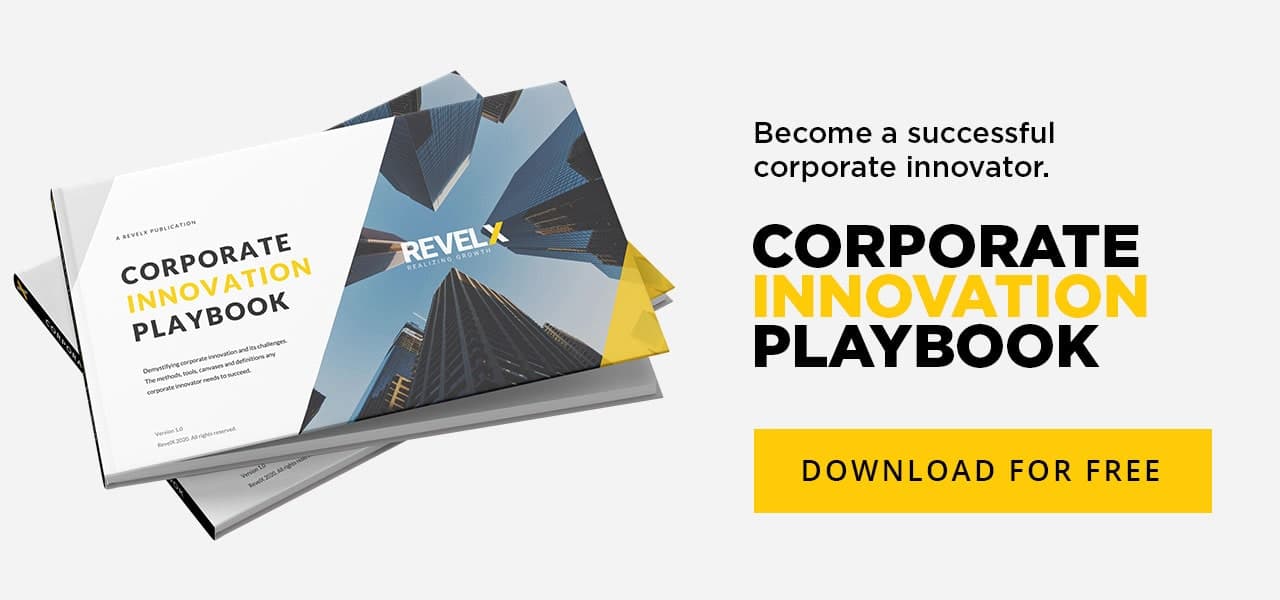This is the second interview of our new blog series of CEO talks on innovation. Over the last year I interviewed many CEO’s of various international companies, large and small, profit and nonprofit, grownups and scaleups in all sorts of industries. The leading question was always: “How do you organize your innovation most effectively?” The discussions were confidential, and content was often competitive and market sensitive. In order to get the most out of these interviews we have chosen to treat them anonymously. The results are short corporate stories. Honest and insightful. A great way to share knowledge and innovation experience.
Central or decentral? That is the question
An interview with the CEO of a family-owned company that focuses on facility services.
In search of excellence
We have been on a permanent quest to find the right optimum in our organization for innovation. The difficulty is that we are a very decentral-led enterprise, with over 50 companies, 100 legal entities and 40 joint ventures. Ranging from a couple of million in revenue in one company to 7.000 people in another entity. Our businesses are active in many different areas of facility services. Hardly what you can call One Company.
We move slowly towards more collaboration but are still very cost and compliance driven which is often not a good motivation for more costly innovative ventures. A complex system for making innovation work. We now have a couple of years of experience and are still searching for the wholly grail. Switching from central to decentral and back to central innovation. It seems that the only thing that really works is when a managing director sees immediate improvement of his costs and / or client’s advantage.
Incremental stuff
A lot of the innovations are therefore pretty much incremental. Clients and operating companies need to see direct improvements. Whether it is sensoring/IoT for cleaning or robotic vacuum cleaners. And even those innovations still take a lot of time in acceptance from both employees and customers. Some industries are more ahead than others. For instance, the Defense and Health Care sectors are front runners and are willing to pay for the new. You sometimes must wait a long time for everything to fall into place.
Smart follower
Most of our innovation efforts we put into areas where we have some knowledge. This eliminates part of the risks involved. We follow at the other end the more disruptive outsiders very carefully and if someone appears to be standing out of the crowd we try to collaborate or capture them.
However, the biggest threat in our industry comes from new materials. Materials e.g., that are self-cleaning, bacteria that eat dust, probiotics in carpets, self-cleaning glass, just to name a few.
Tracking the new
For our type of company, it is difficult to keep in touch with new developments. The broad base of our mindset is continuously fighting the fast running away break-even point. We are adding features and value, but margins are in decline all the time. To step out of this incremental commodity mode you need to think and act differently. We do three things.
- Let people just walk around in the industry and beyond
- Ask the young new people that come on board: What would Google do? Let them develop our own disruptors
- Set up new companies to learn
Central
So, coming back to our quest. We started our innovative endeavors with an innovation manager at HQ. He was keeping track of the innovation funnel at the various companies. Game changers and startups were handled at HQ, central level. We did this for almost 5 years, and in the end the results were poor. Business ownership was not well arranged and organized. Keeping track of the list became a purpose in its own right, but for whom? And on top of this, what was invented by HQ (and imposed upon the Opco’s) was damaged goods.
To decentral and back again
We decided to abandon the idea of a central innovation function. We went decentral all the way. Needless to say, that this didn’t cut it either for us. Now, we are carefully building central knowledge centers. They organize joint sessions and have chosen specific themes to gather know how.
The challenge is within the themes, like for instance the circular office, to get the revenue in and to work together at joint services. Can you make the concept a sustainable business and measurable for the customer? Therefor competence centers need to have access to assets of Opco’s. The competence centers have their own budgets and development roadmaps and report directly to the Board. The experts from the knowledge centers sell themselves into the company. And they are doing well when everybody wants to have them siding, challenging for new prospects and business opportunities.
Leadership in innovation
My role as the CEO is active participation and management, frequent communication and rewarding champions. Every year in the Summer the best collaboration ideas get a prize. I go everywhere in the company very frequently. If something fails, I demand to get the learnings and to share them with others. You need to be intrinsically interested and have a lot of patience. We are fortunate not to be a public company. We are a privately held family-owned company. Many public companies have CEOs that last for only 5 years. This often leads to shortsightedness.
Scaling new business ideas
However, creation is not the biggest obstacle in the company. There are enough ideas if you start letting them flow freely. Scaling up new ventures in the existing structures is the main obstacle. Our own employees, systems, and structures as well as our (conservative) clients are the biggest blockades. One of our companies is a great exception. They always strive to be first to come up with new ideas. Something I cherish amongst all other companies in the Group. They have become our test pilot hub for all sorts of new ventures. It is all about the mindset of people.
The ‘how to’ topic accrued out of the feedback that we got from readers of the book I have written on innovation with my esteemed colleague Matthijs Rosman called ‘DARE, The Mindset for Successful Innovators in the Digital Age’.
The purpose of the interviews is to create a new publication as the successor of DARE. Do you want to join the conversation? Feel free to contact me at eric@revelx.nl.
Eric de Groot
Boardroom strategist with unparalleled creative brainpower. Always focused on growth. Creates speed by combining business modeling with inventive pragmatic solutions. Invests in involvement over a sustained period.
Related posts
Step 1. Why every CEO should play the DisruptR game with their team
DisruptR Game for CEOs fosters strategic innovation. Learn…
June 22, 2025
Innovation governance: Why every CEO needs a Growth Board
Growth Board for CEOs is essential. Discover how this…
June 19, 2025
Why innovation belongs on the CEO agenda
Innovation on the CEO agenda is essential. Explore why…
June 16, 2025




